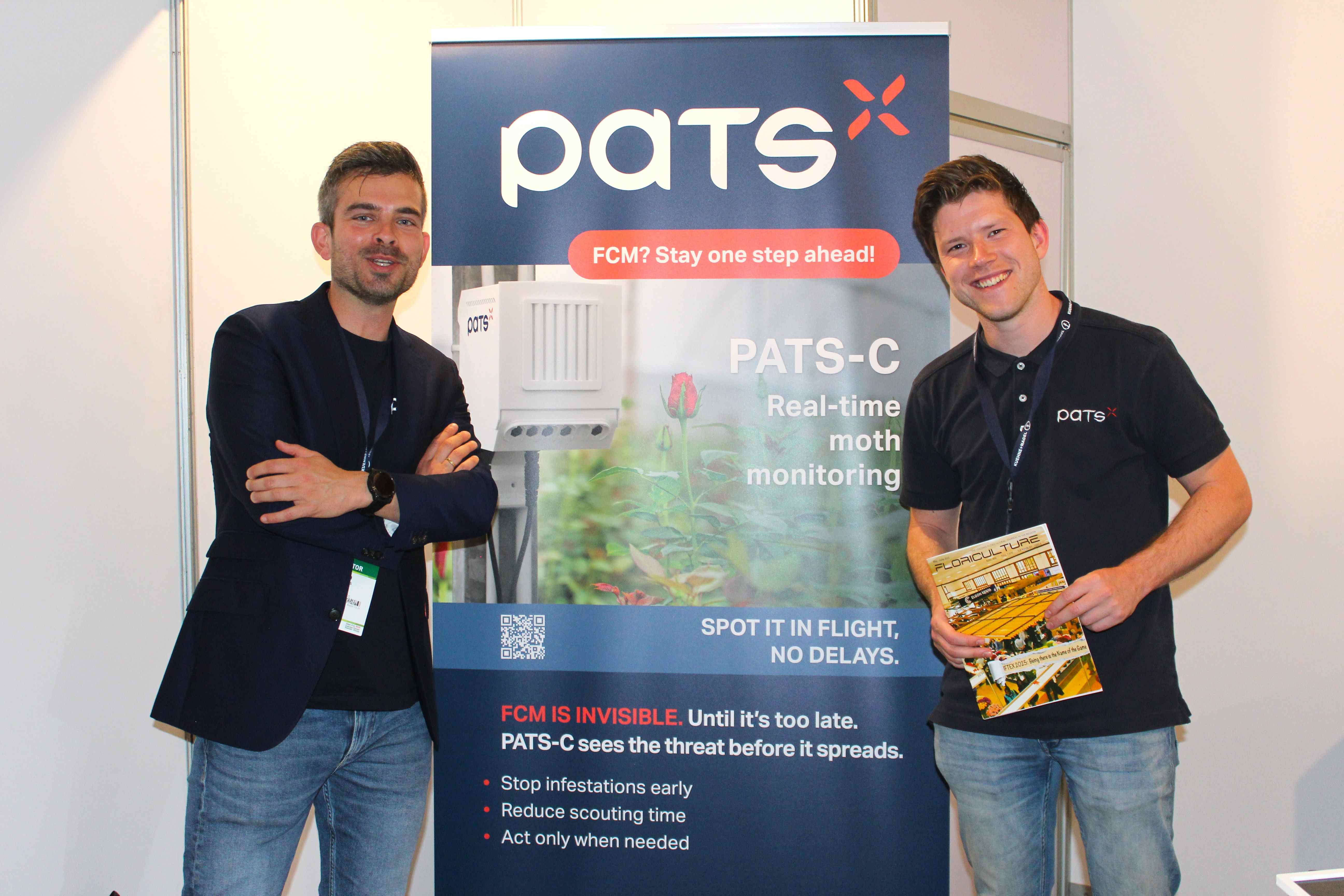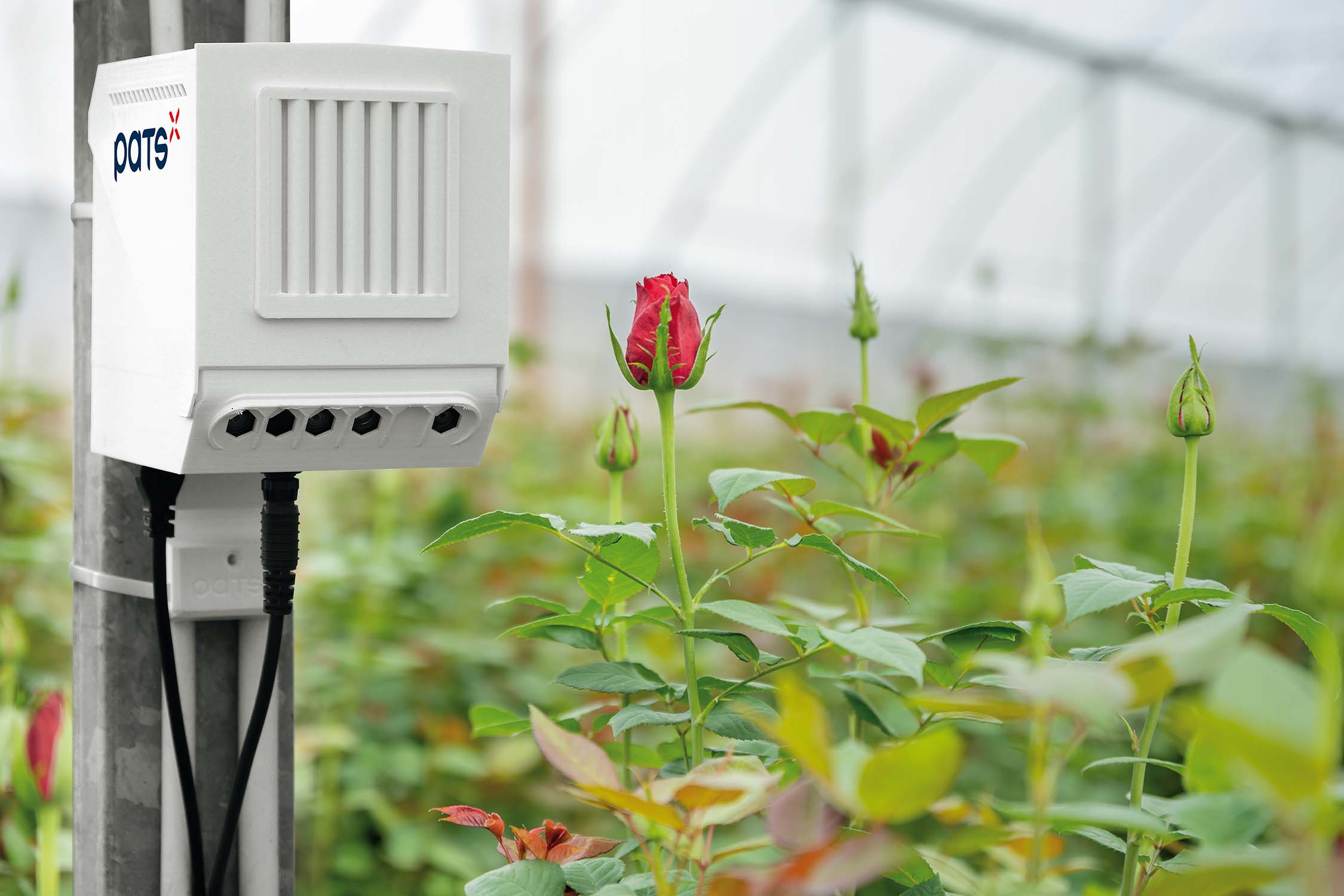
ʙʏ Vɪᴄᴛᴏʀ Oᴋᴇʏᴏ,
“Our company is building drones that kill moths mid-air, making confetti out of them,” says Wouter Stam, Sales Advisor at PATS, during the recently concluded International Flower Trade Expo, which saw attendance by floriculture professionals from over 70 countries.
As insect control becomes more challenging, Kenya’s floriculture sector is turning to technology for solutions. This has seen tech companies leverage innovative AI Technology to harmonize the tracking of pests and insects in greenhouses.
“Global policies are continuously evolving to address emerging issues. For instance, the False Codling Moth, an invasive pest with zero tolerance in the EU, threatens not just crops but export licenses and farm reputations,” says Mr. Stam.
To address this, he says, their company’s flagship innovations are the answer.
“PATS-C is an AI-powered night-vision camera that automates the scouting and monitoring of pests and insects,” he says.
He further adds that the technology, mounted on greenhouse poles, provides real-time insight into pest development, automates data collection and processing, and detects pest threats up to five weeks earlier than traditional methods.
“We launched our pilot project in Kenya last March, focusing on false coddling moth monitoring. We’re currently working with 10 large rose farms and have installed over 30 smart cameras across their greenhouses,” says Mr. Wouter.

He highlights that the aim is to collect enough local data to train PATS’ AI system to accurately identify FCM, “which is a new species for us. We’re comparing our automated data to traditional trap counts, and we plan to return in September to run further experiments and refine the model.”
Additionally, their Trap-Eye device, a collaboration with Biobest and Real IPM, automatically takes pictures of sticky traps in the greenhouses and uses these to identify and count the insects on them. This consistent monitoring helps visualize the population development of different insects.
“It identifies and tracks six key pest species, including whitefly, thrips, and Tuta absoluta, by capturing images that can be analysed in an intuitive dashboard and via a weekly email,” he highlights.
For optimal performance, farmers need to use 40 Trap-Eye devices per hectare. This ensures that you get a good sample size of the pest and beneficial insect situation in your greenhouse.
“With fewer samples, host spots may be overlooked and the pest situation could get out of control before it is noticed,” he says.
“Moreover, by using our yellow Trap-ID sticky traps, you get an actual count of multiple pest and beneficial insects all in one go.”
PATS has partnered with Real IPM for local distribution in Kenya, leveraging their established network and grower expertise.
“As the market grows, PATS also plans to establish a specialized Kenyan team to provide on-the-ground support and faster, localized innovation,” adds Mr. Wouter.
He adds that the company is developing drones to tackle moths.
“The camera sees where the moth is flying and we send the drone in, and it’s bumping in and making confetti out of the moth… Once we’ve done it for one moth species in the Netherlands, I know for sure that FCM will be the next,” he says.
“We’re reaching out to every grower facing an FCM problem so they know a reliable monitoring solution is on the way,” he concludes.
